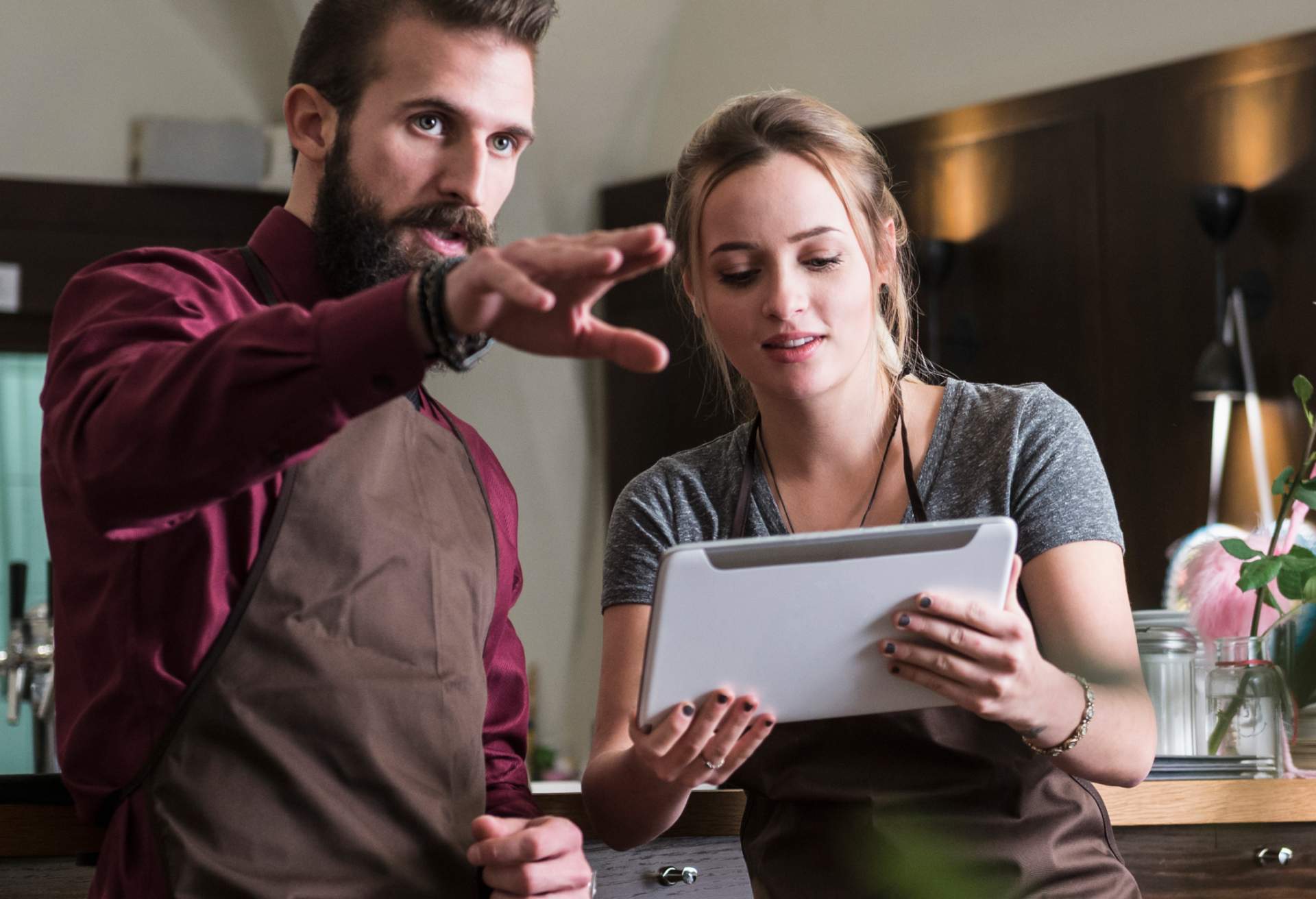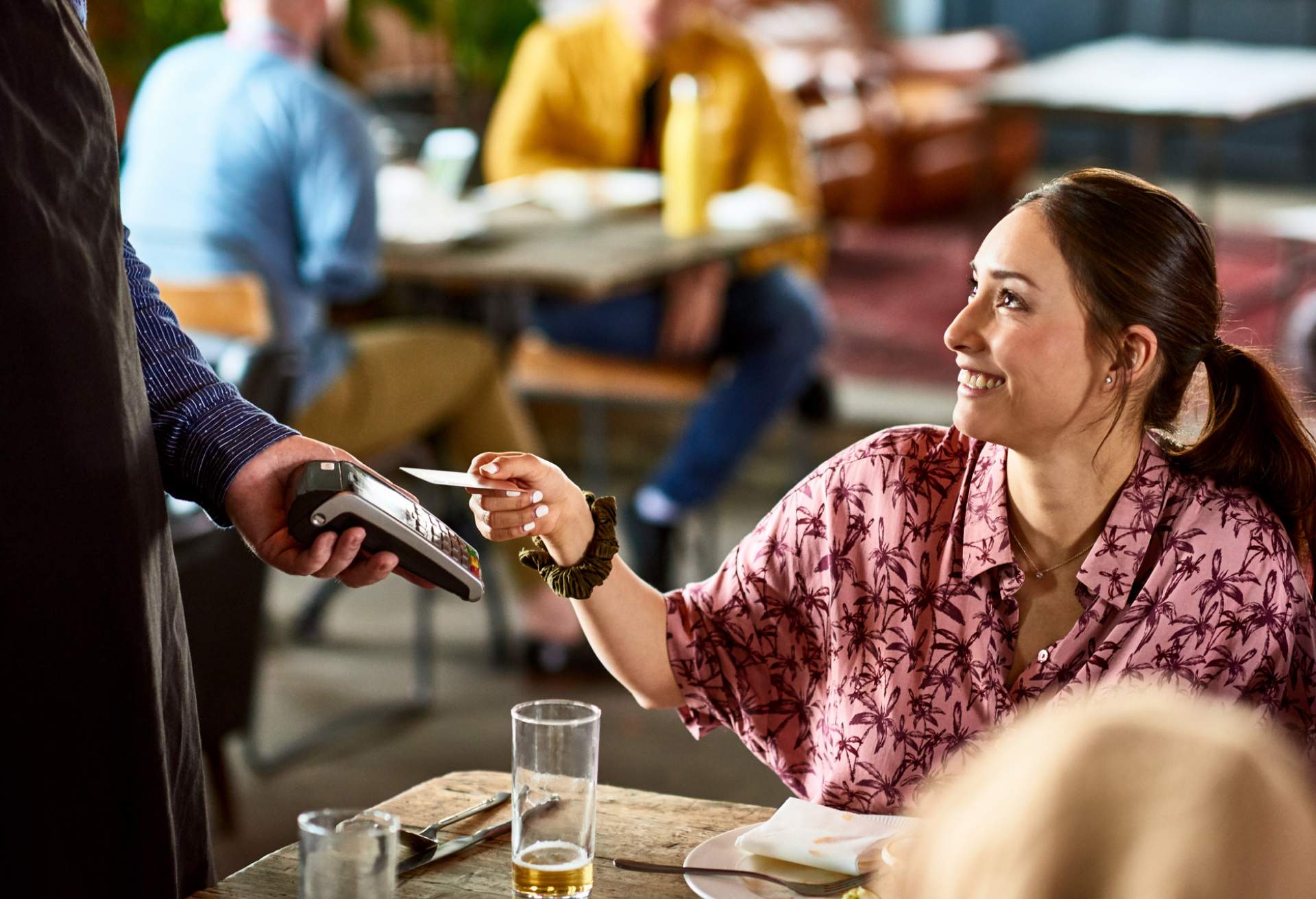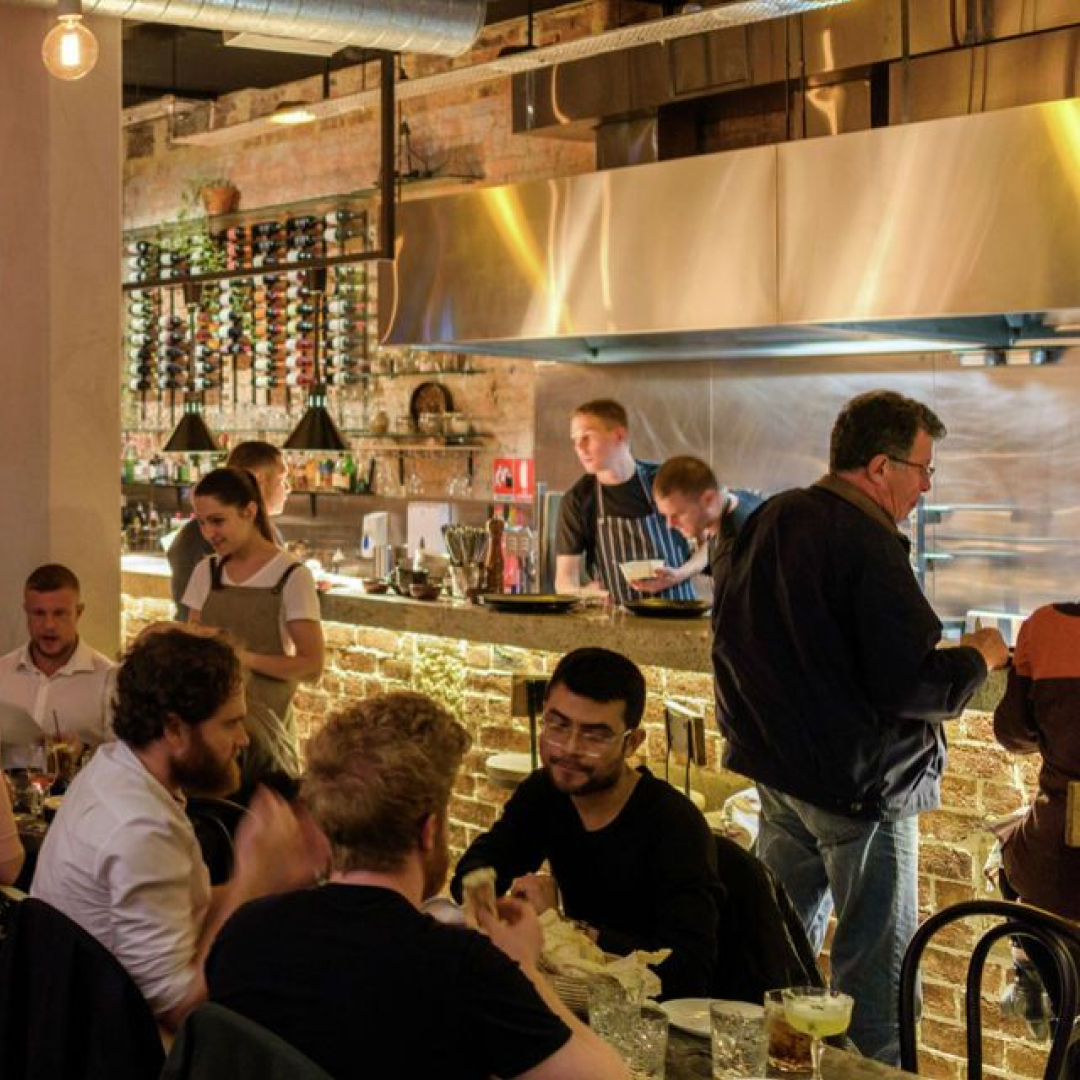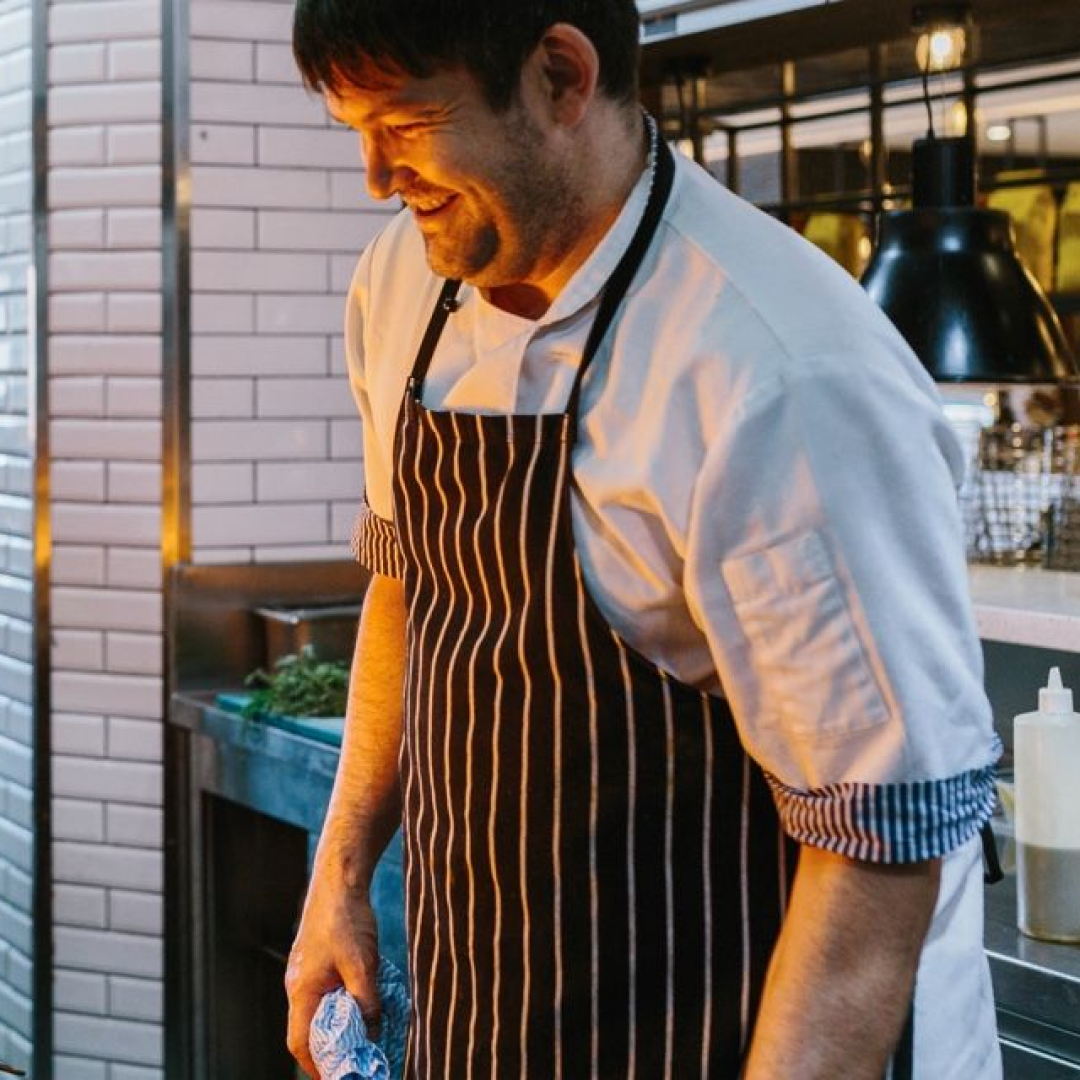Restaurant technology has changed everything about the way people do business today. Once upon a time, most restaurants operated on a patchwork of paper systems involving notebooks and back-of-the-napkin calculations, not to mention information owners and managers kept in their heads, hunches, and habits.
Today, digital tools can streamline almost every aspect of running a restaurant business. It can seem like a lot to learn upfront, but the payoff is huge. Restaurant owners can save time and money. Restaurant teams can accomplish more with fewer people. Today’s tools are high-tech, user-friendly, and mobile so you don’t have to be physically in the restaurant to stay on top of the business.
Here’s an overview of what’s available. Consider implementing one or more of these to improve efficiency and make life a little easier.
Quick links
Streamline the front of house
Run a smooth back of house
Manage your team and costs
Communicate with guests
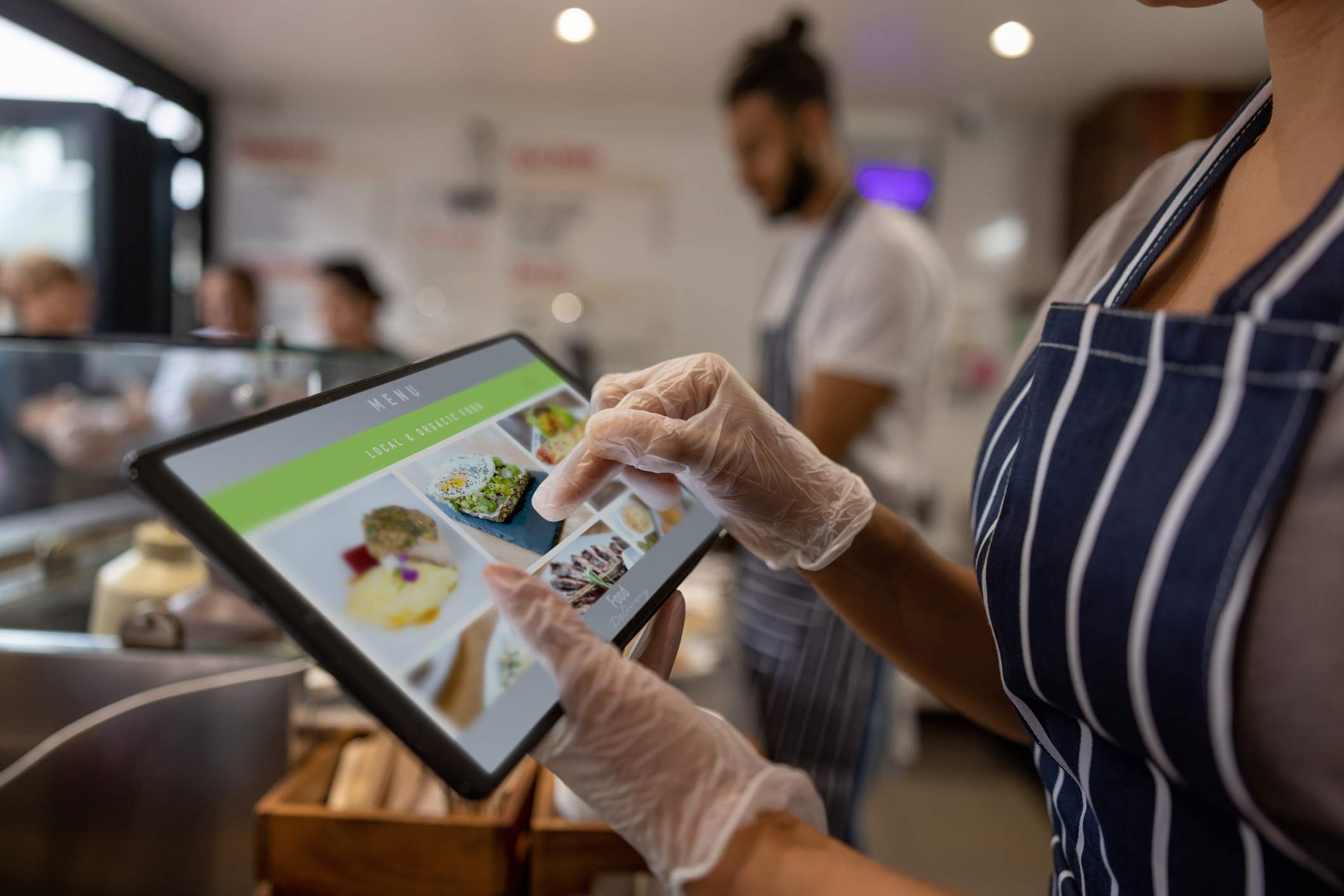
Streamline the front of house
Keeping front-of-house activities humming like a well-oiled machine is important for every restaurant. These tech-powered tools can make everyone’s job a little bit easier.
Online reservation system
Make the pen-powered reservation book a thing of the past by moving the reservation-making process online. A system like OpenTable takes reservations day and night, running the book even when you’re away from the restaurant.
Better yet, it can send email and text confirmations without restaurant staff ever picking up the phone. Not only does this save money on labor by having fewer hosts on staff, but it allows employees to stay focused on providing exceptional hospitality for guests—not dealing with phone calls during busy shifts.
Restaurant floor plan creator
Designing the optimal restaurant floor plan is more complex than it may seem. For starters, the dining room should have:
- A warm, appealing vibe for guests
- Dedicated space for each logistical activity that a restaurant needs
- Clear avenues for servers that a fast, easy, and safe to navigate
- Multiple possible layouts to accommodate maximum covers in the most common situations.
Today, there’s no need for math skills and graph paper to do this job right. There are digital tools that can help you create a customized floor plan and even preview it in 3D before moving all that furniture around.
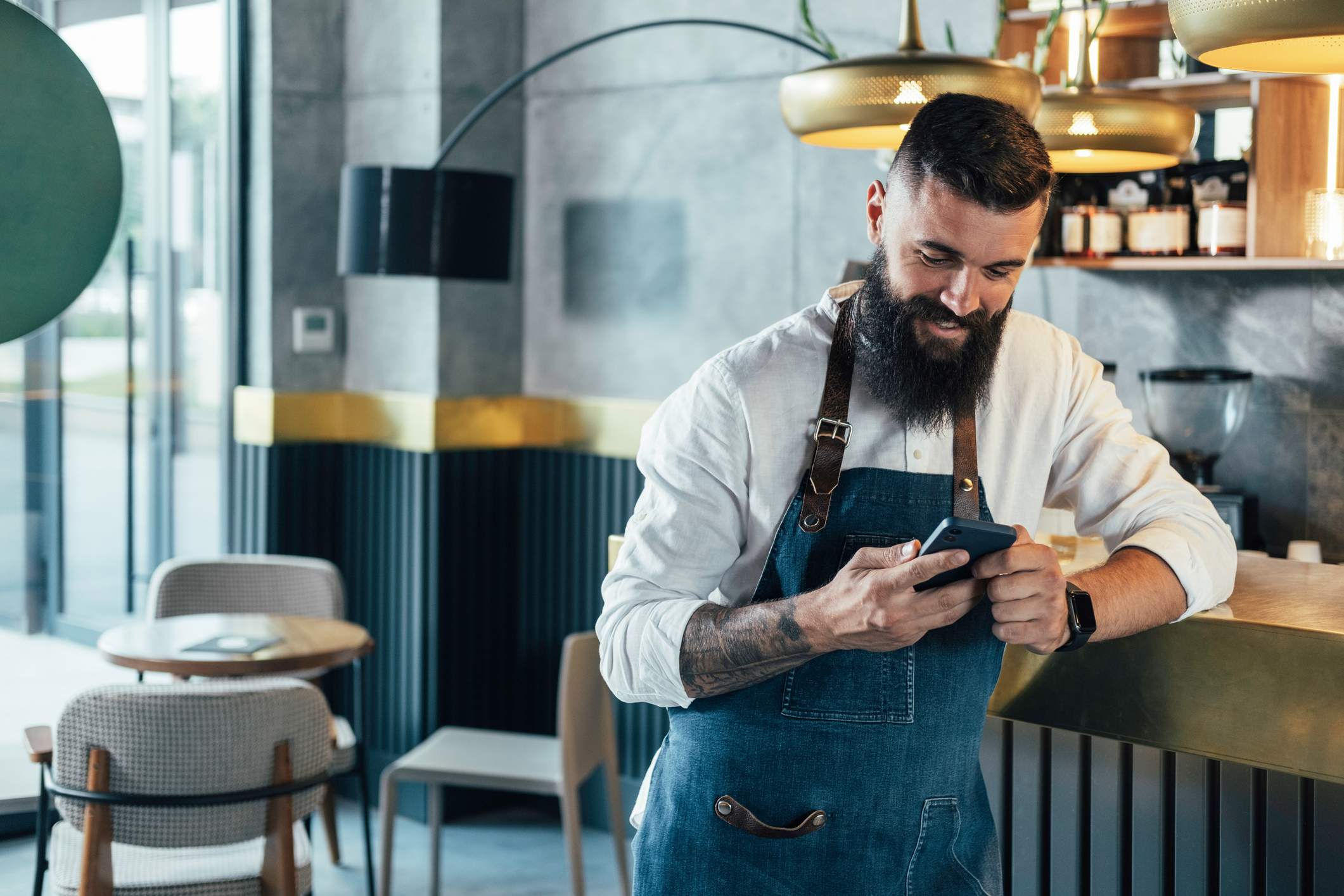
Pre-shift reporting
A successful service starts before the restaurant opens its doors. Use pre-shift reporting and digest emails, filled with important information about guests and reservations for the upcoming shift to prepare for the night or afternoon ahead.
Front-of-house employees can review notes and details for every table, including any special events that are happening or guest requests. With OpenTable Pro, restaurant operators can access even richer data about guests, plus a graphic overview of the shift ahead.
Restaurant customer relationship management (CRM) software
To deliver the best dining experience possible, the right CRM is essential. A good CRM provides a rich database of information on all past guests. It can sync with a loyalty program. It empowers restaurant owners to send highly targeted marketing messages. But above all, it powers the kind of highly personalized hospitality that hooks people and turns guests into raving fans.
Table management software
Get more out of your dining room by incorporating the right table management software. Doing this digitally can make the night flow more seamlessly whether it’s filled with reservations or walk-ins. OpenTable helps create customized floor plans and helps to sort flexible table inventory to serve more guests during any given shift.
Take advantage of the software’s assignment recommendations to maximize seats. The best table management systems today know when to assign a party of 2 to a two-top instead of a 4-top and when it’s okay to seat a smaller party at a larger table. It takes some of the guesswork out of things for hosts.
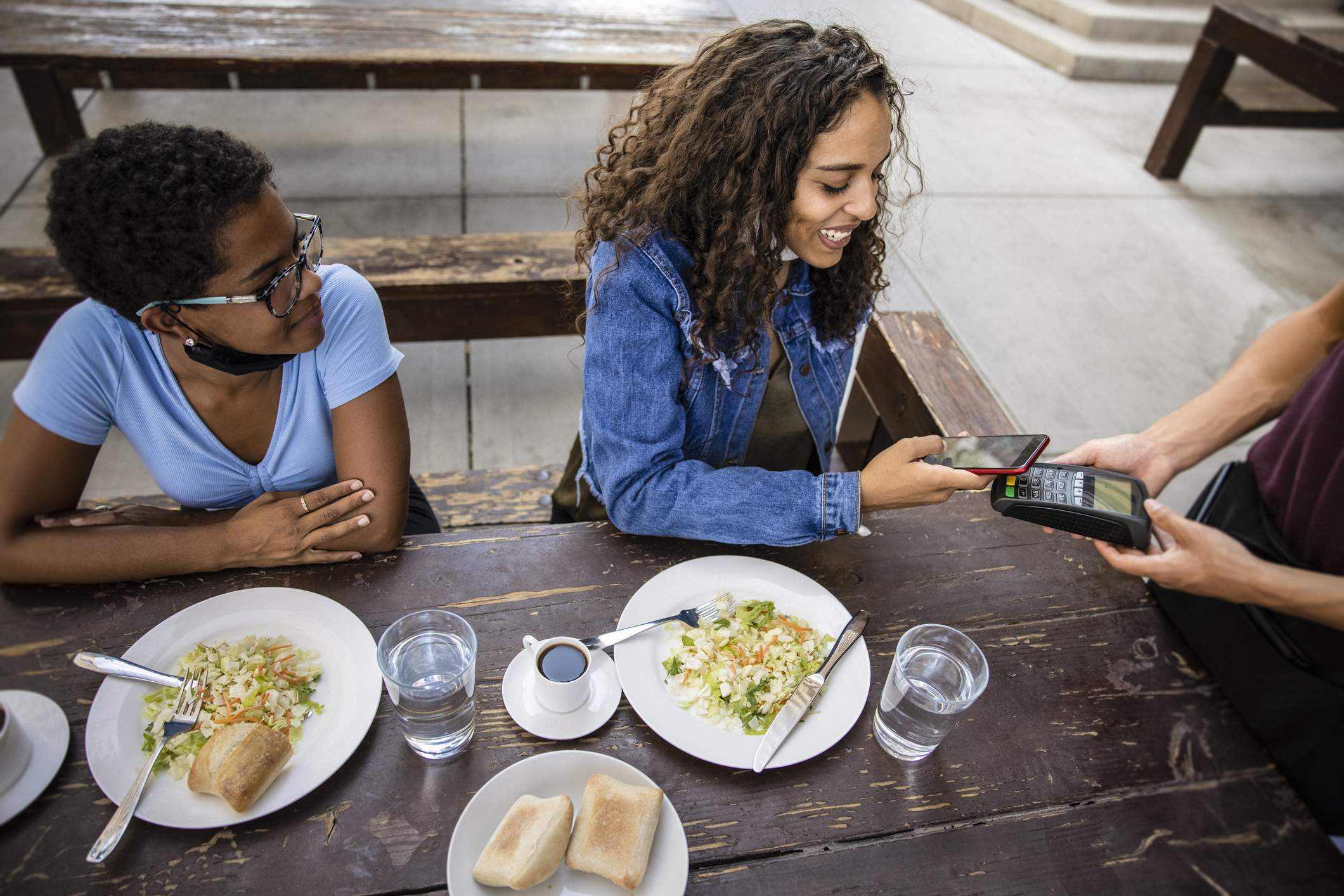
Digital waitlist
Technology in the restaurant industry makes wait times less frustrating for guests. A digital waitlist keeps them up to date with real-time info about where they are in line, giving them a more accurate sense of how long they’ll be waiting. It also sets them free to roam the neighborhood until their table is ready. This also has the advantage of removing crowds from the restaurant entrance and waiting area.
Contactless payment systems
Guests are choosing restaurants that require the fewest interactions with people, according to QSR magazine. It may sound jarring at first, but many aspects of online ordering and payment allow hospitality professionals to have fewer but better interactions with guests. Digital ordering is a simple way to allow each server on your team to get more done in less time.
Digital systems can streamline work, freeing up employees to tackle tasks other than taking orders over the phone. OpenTable allows restaurants to easily set up takeout, a welcome feature for people who can’t get a reservation right now or just want to have a quiet night at home with their favorite dishes. People also appreciate being able to place an order and pay for delivery online.
QR codes
QR codes are here to stay. They provide many time-saving benefits to your staff. Guests can scan a square to check out the menu, which can buy a server more time in the middle of a busy shift. Use OpenTable to create as many QR codes as you want.
Try QR codes for:
- Wine list
- Daily specials
- Allergy-friendly menu
- Vegetarian menu
- Dessert menu
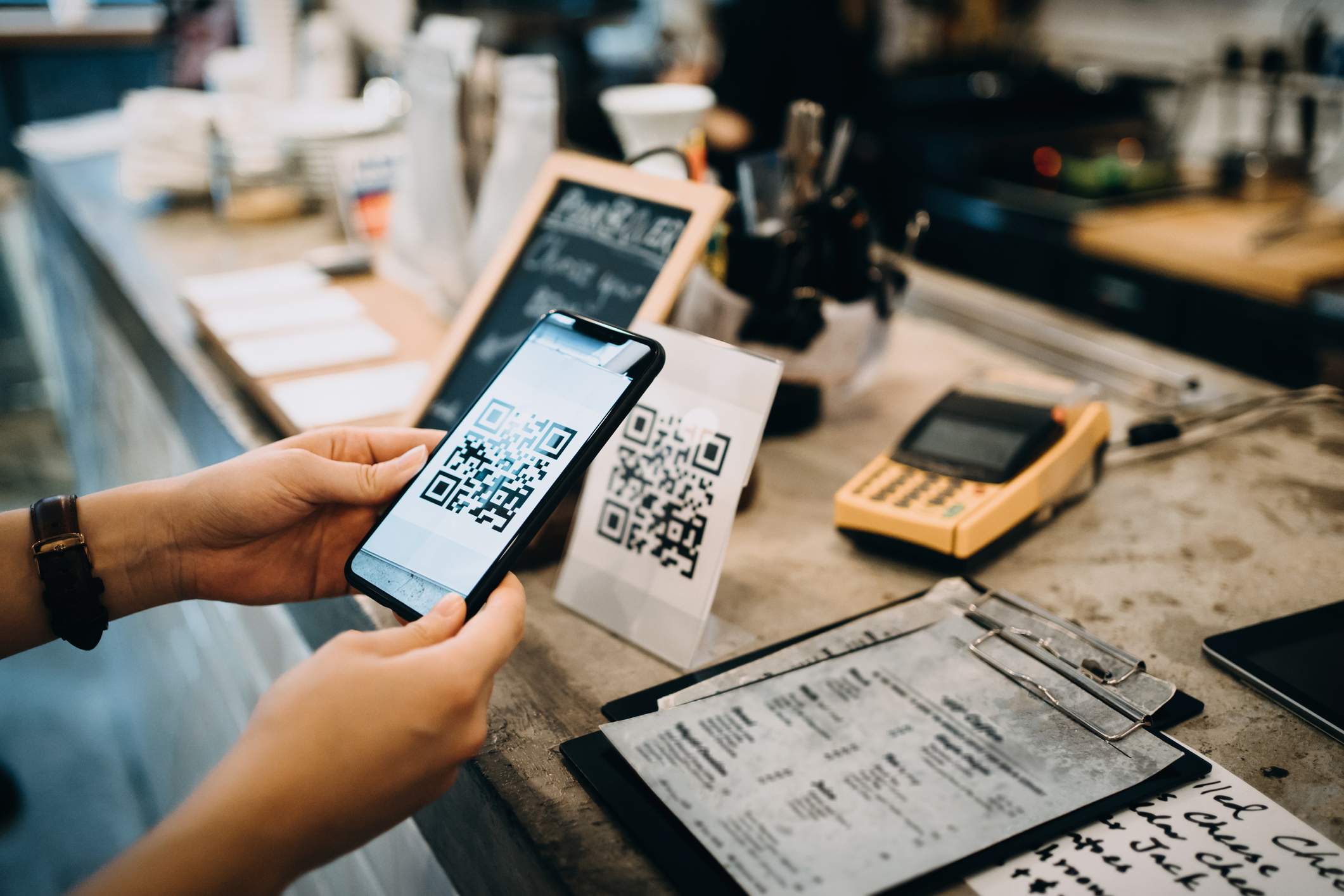
Run a smooth back of house
All of the tools used by the front of house impact what’s happening in the kitchen. After all, how reservations are taken and the way the dining room is seated can make all the difference in the cooks’ night. Similarly, when the kitchen is in its groove, it creates a positive ripple effect throughout the restaurant. Here are some tools to consider to help keep the back of the house out of the weeds and the whole restaurant working in harmony.
POS system
Modern POS systems can relieve many common back-of-the-house pain points. POS systems can also help improve accounting with digital records for sales and revenue, price per head, and average check amount.
Consider a cloud-based touchscreen POS system, which runs on handheld computers with built-in printers. This means simpler, speedier payment for guests. It eliminates the need for servers to run back to the station to print a check when the guest requests it, helping tables turn faster.
OpenTable can be integrated with many leading POS systems. When the restaurants’ reservation system and POS system work together, it can lead to insights that help you understand guests, speed up operations, and keep closer track of revenue.
Another benefit to integration is automatic table statusing, which lets the host know the status of every table without having to leave the host stand. This helps turn tables faster and seat guests more quickly from the waitlist.
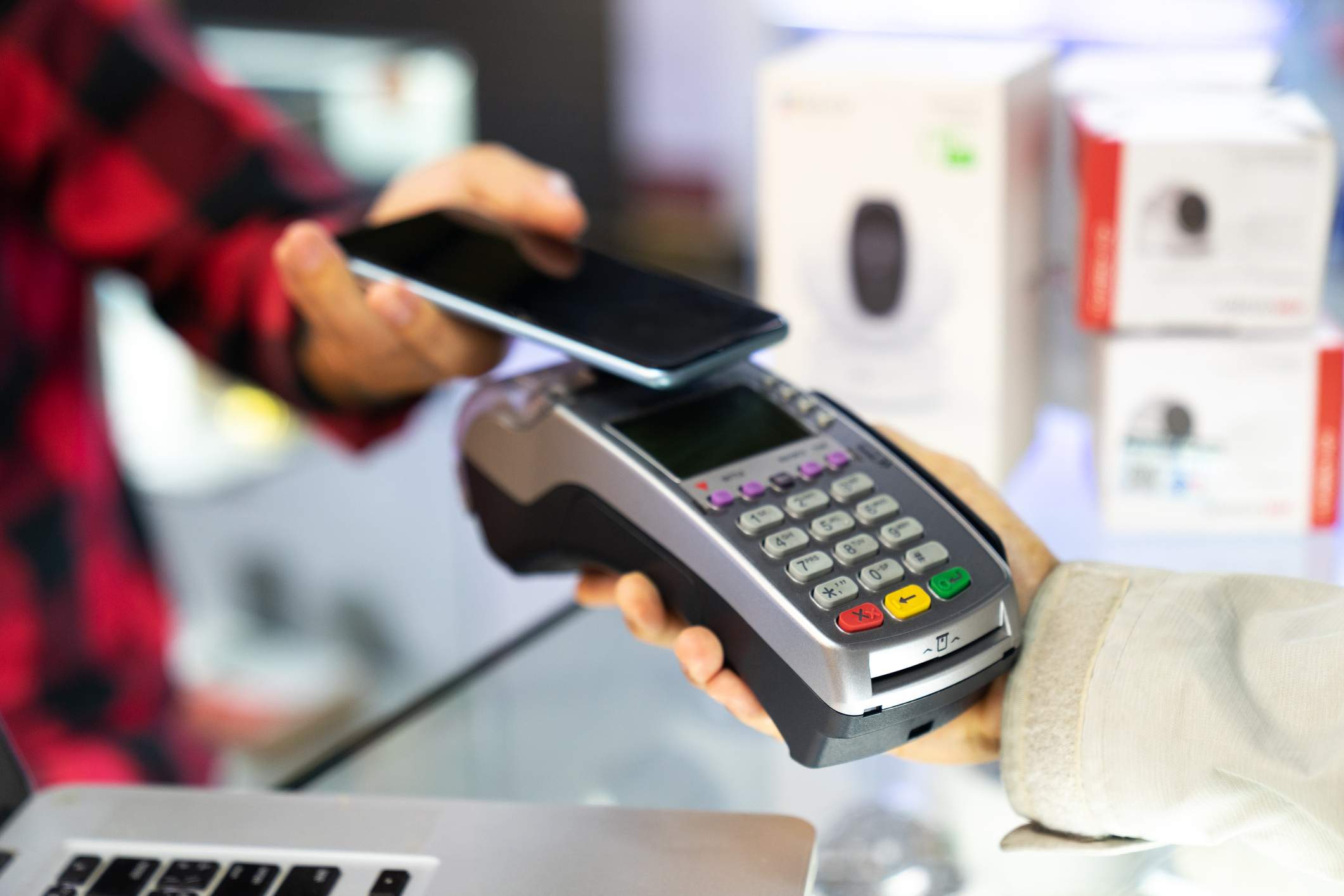
Event management systems
In a restaurant that offers catering services, private parties, and events, it can get complicated to organize those special projects. A digital event management system can keep the restaurant on track and remove the need to use multiple tools like calendars, spreadsheets, and endless emails. They often provide utilities for selling tickets, getting the word out on social media, and checking guests in upon arrival.
Ghost kitchens
In recent years, some restaurateurs have opened ghost kitchens, also known as ghost restaurants, delivery-only restaurants, virtual restaurants, or virtual kitchens. Sometimes these brands share back-of-house space with an existing traditional restaurant, but they can also be stand-alone businesses. They typically rely on restaurant technology innovations including online ordering, digital payment, and third-party delivery apps.
Manage your team and costs
A restaurant owner can wear a lot of hats, including those of human resources manager and accountant. Today, there’s a range of apps and software available to help with those important parts of your job.
Staff scheduler
Handling employee work schedules doesn’t have to be a headache for managers or employees. For a restaurant to run smoothly, opt for a technological solution.
A digital scheduler can help you communicate clearly with employees about their shifts. These mobile-friendly tools can usually handle time off and shift swap requests, on-call lists, and other types of scheduling communications.
Staff performance tracking
Understand and compare the performance of staff members with OpenTable’s powerful relationship management tool. Get rich data at the click of a mouse to see who the top performers are, even if there are multiple restaurant locations. Check each server’s average overall rating, check average, and cover average. It includes data from OpenTable reviews to demonstrate what diners appreciate most in a server.
Payroll
The current generation of payroll software takes the drudge work out of number-crunching. They can help ensure payroll is met on time—keeping morale high—manage payroll taxes, and help you understand attendance patterns among employees. These systems can run the gamut from inexpensive to costly, so do some research before committing to one to ensure a good fit for your business.
Hiring tool
There’s no doubt about it: Recruitment and hiring are taking more time, resources, and energy these days. But there is help—OpenTable has partnered with Indeed and Culinary Agents to create a hiring guide packed with tips and tools to help find the talent you need.
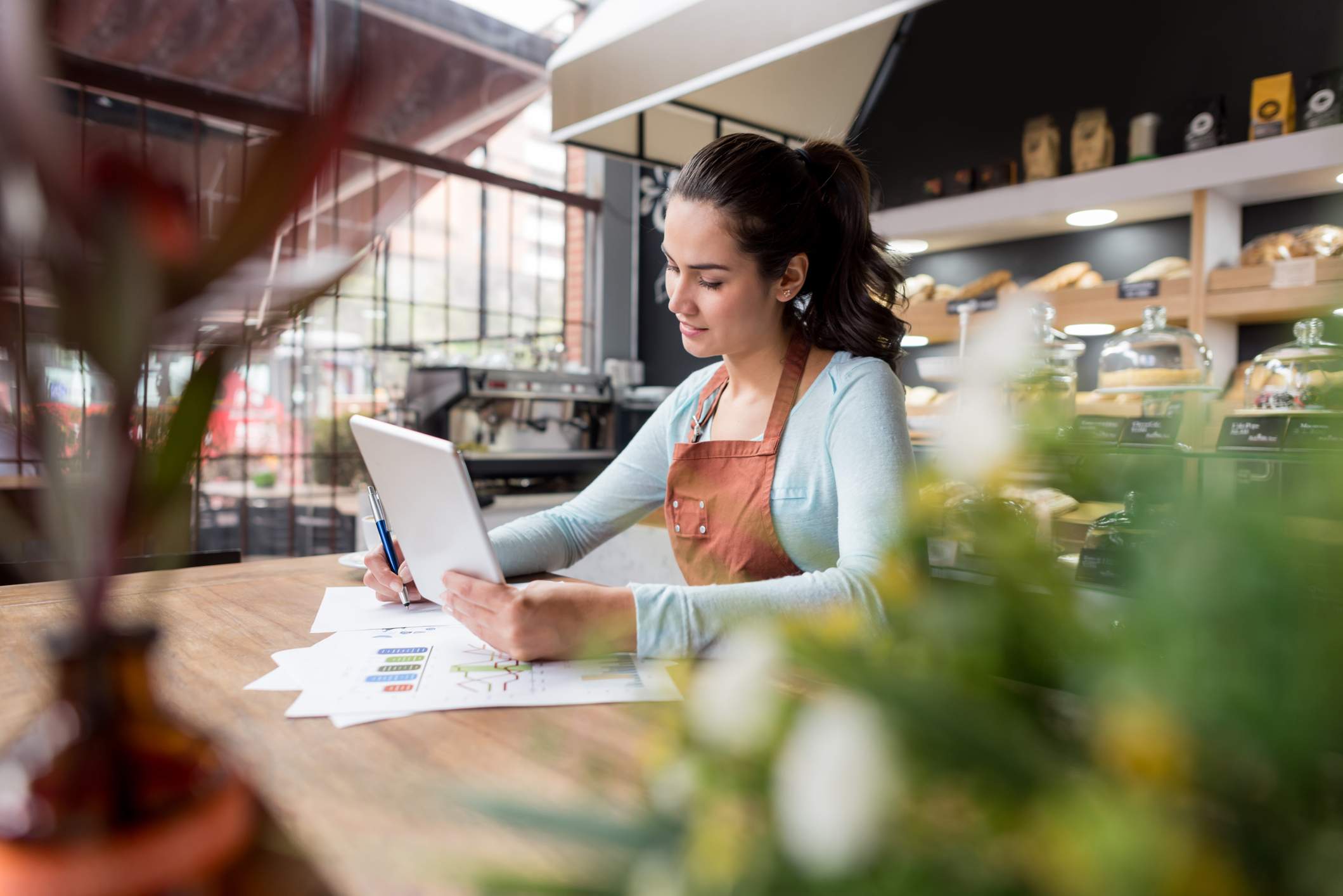
Data and reporting tools
Sure, gut feelings will always play a role when it comes to business decisions. But data and metrics are important, too. OpenTable allows a restaurant to review and compare important stats, including seated guest activity, spend, and diner reviews.
These reporting tools offer a revealing look at anonymous data points and trends across nearly 50,000 restaurants around the world. The restaurants’ key metrics can also be compared to others in the area.
When it comes to data, it’s important to remember the common data security threats restaurants face and how to deal with them.
Employee training software
Training new people can be both labor-intensive and time-consuming. When it’s time for employee promotions or people taking on new roles, there’s more teaching to do. That’s why online learning options and training software can be a big help. These tools also ensure consistency in training. Unlike human beings, computer software never skips a step or forgets to mention details.
Menu engineering
How a menu is organized can have a surprisingly large impact on revenue. The right menu engineering can increase your profits by up to 15%, according to a report by Menu Cover Depot. Consider using a menu engineering worksheet to get the most out of the menu.
Robots and AI
The recent labor shortage has led many restaurant owners to think outside of the box. In some situations, robots have filled in for missing employees, rounding out lean teams in both front and back of the house. Today’s robots can fry chips, take orders, and run food.
In most cases, robots help take some tasks off a server’s plate. Robots can’t replace people in a people-focused business like hospitality, but they can sometimes fill in the gaps. As the cost of this technology goes down, it may represent a significant cost saving for restaurants that use it.
Communicate with guests
Being in touch with guests builds trust and loyalty. There are many ways to keep them informed without relying on employees to send texts and make phone calls.
Direct messaging
Sometimes guests have questions about their reservation before their visit or maybe you want to get in touch with them. They may want to know if you can accommodate a particular diet or help them mark a special occasion. Manage these communications and more right in OpenTable with Direct Messaging. Ping guests after their meal if they left a scarf behind or provide some follow-up information about the wine they enjoyed.

Digital marketing tools
For restaurants to stay top-of-mind for people, they need to have a presence in all the places they spend time online. That means ensuring the website is up to date and attending regularly to online business profiles, including your OpenTable profile. Social media is an important way to engage guests and promote a restaurant.
Connecting with guests via their inbox is another way to develop an ongoing relationship with them. These notes can be personalized based on what you’ve learned from their visits. For example, remind them to make reservations for upcoming birthdays and anniversaries or alert them to a special event that aligns with their interests. The details from guest profiles make it easy to tailor these messages so they are relevant—never spam.
Reputation management
For better or worse, online reviews matter. That’s why it’s important to use a reputation management tool to stay on top of guest feedback. Discover reviews from OpenTable, Facebook, and Google all in one place and respond to them.
Some guests will return to a restaurant and write a more positive review after hearing from an owner or manager directly. You can also clearly see what the team is doing right. Positive reinforcement can make your employees even better at their jobs. It may also illustrate some areas where improvement is needed.
Changes in technology move fast, so it’s essential to stay up to date on trends. Getting the right tools in place can make a big difference in the success of a restaurant. Not every restaurant will want or need to implement every tool on this list, but it’s good to know what’s out there. Though new tools can be intimidating at first, many owners find that once they start using them, they wonder how they ever lived without them.

